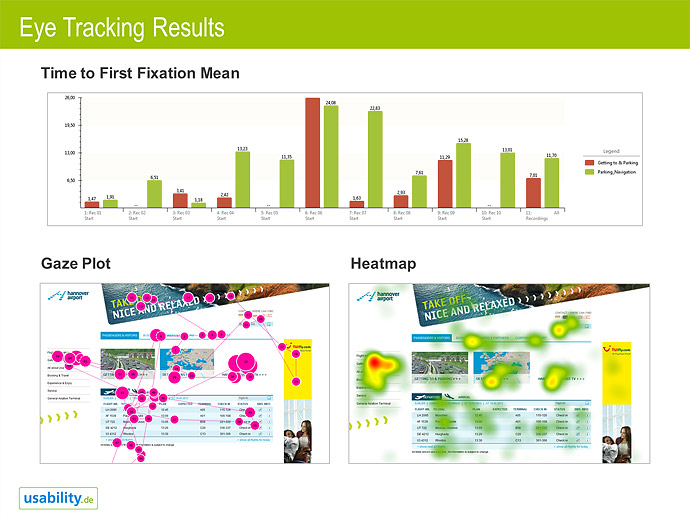

The reliable involvement of these processes has made them of interest as targets for both clinical research and the design of educational interventions to improve diagnostic decision-making (Crowley, Naus, Stewart, & Friedman, 2003 Custers, 2015 Nabil et al., 2013). As with many more general cognitive tasks, these processes interact dynamically over time via feed-forward and feed-back mechanisms to guide interpretation and decision-making (Brehmer, 1992 Newell, Lagnado, & Shanks, 2015). Broadly speaking, these include visual search and pattern matching, hypothesis generation and testing, and reasoning and problem-solving. The present review details some of this research and emphasizes future directions that may prove fruitful for scientists, educators, and clinical practitioners interested in accelerating the transition from novice to expert, monitoring and maintaining competencies, developing algorithms to automate error detection and classification, and informing tractable remediation strategies to train the next generation of diagnosticians.ĭecades of research have demonstrated the involvement of diverse perceptual and cognitive processes during medical image interpretation and diagnosis (Bordage, 1999 Elstein, Shulman, & Sprafka, 1978 Gilhooly, 1990 Kundel & La Follette, 1972 Patel, Arocha, & Zhang, 2005). This progress affords novel insights into how the interpretive process might be improved and sustained during education, training, and clinical practice. Eye-tracking research has shed light on the dynamics of this interpretive process, including qualitative and quantitative differences that help distinguish and possibly predict successes and errors. The present review provides an overview of eye-tracking technology, the perceptual and cognitive processes involved in medical interpretation, how eye tracking has been employed to understand medical interpretation and promote medical education and training, and some of the promises and challenges for future applications of this technology.ĭuring patient examinations, image interpretation, and surgical procedures, physicians are constantly accumulating multisensory evidence when inspecting information and ultimately arriving at a diagnostic interpretation.

Eye-tracking technologies are becoming increasingly available in the consumer and research markets and provide novel opportunities to learn more about the interpretive process, including differences between novices and experts, how heuristics and biases shape visual perception and decision-making, and the mechanisms underlying misinterpretation and misdiagnosis. The process of medical interpretation and diagnosis involves a complex interplay between visual perception and multiple cognitive processes, including memory retrieval, problem-solving, and decision-making. Inspecting digital imaging for primary diagnosis introduces perceptual and cognitive demands for physicians tasked with interpreting visual medical information and arriving at appropriate diagnoses and treatment decisions.


 0 kommentar(er)
0 kommentar(er)
